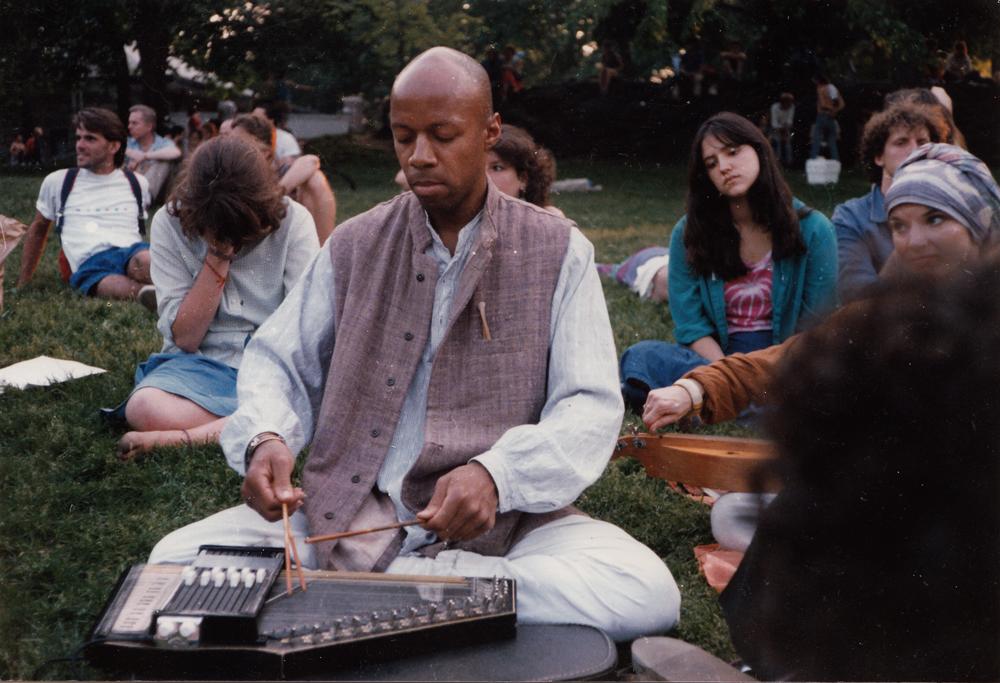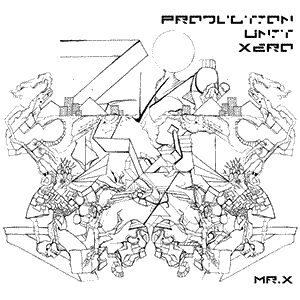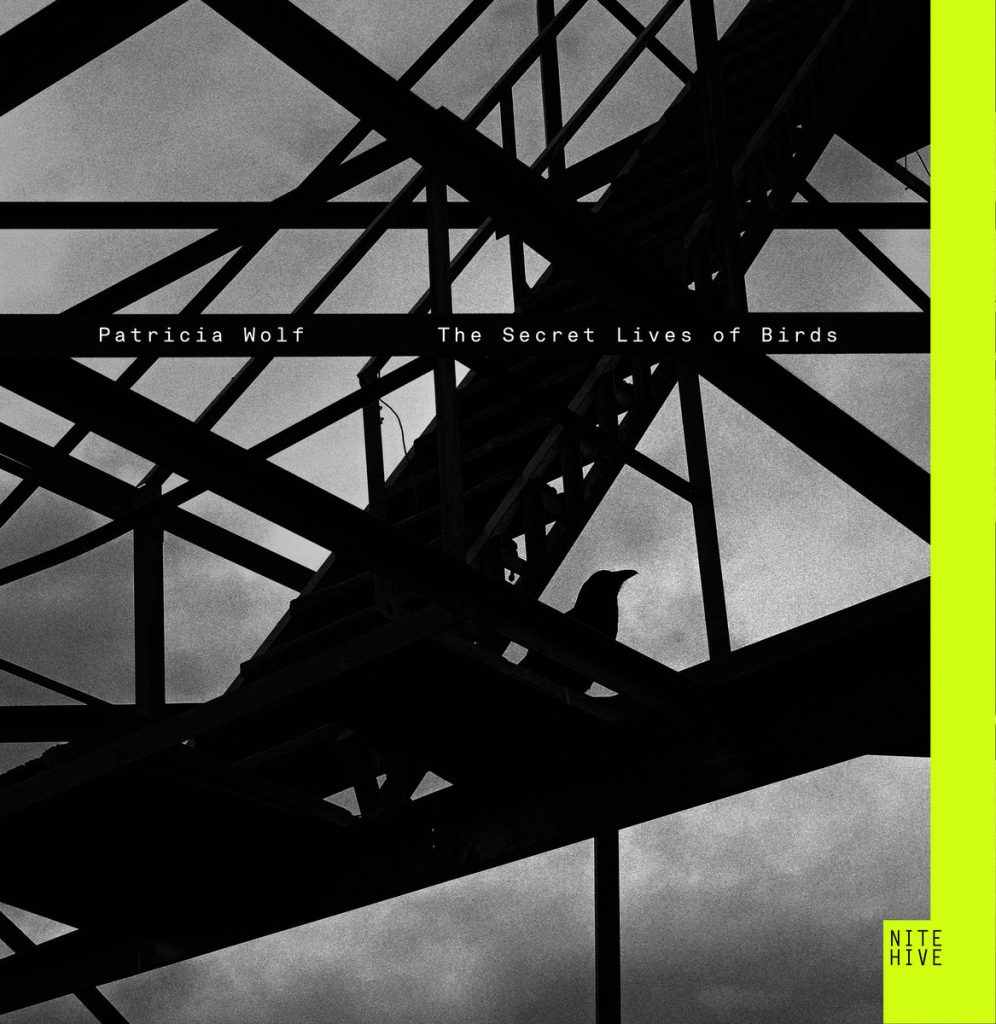Artist Spotlight: Laraaji

Bandcamp
Website
Spotify
Edward Larry Gordon the musician and spiritual teacher now known as Laraaji emerged from the vibrant counterculture of the 1970s and 80s as a pioneering figure in the world of ambient and experimental music. His journey, like his music, has been marked by a deep spirituality and an unwavering commitment to inner exploration and healing through sound.
Laraaji began his musical career not in ambient music, but as a pianist. He studied composition and piano at Howard University in Washington D.C. before moving to New York City in the late 1960s to pursue a career as a stand-up comedian and actor. However, it was during this period that he also discovered the autoharp, an instrument that would become central to his work and which he would modify to create his unique soundscapes.
Drawn to the instrument’s ethereal and evocative sound, Laraaji began to explore music as a form of meditation, drawing on his experiences with yoga and Eastern spiritual practices. The result was a series of compositions that blurred the lines between music and meditative sound, producing a rich, immersive sonic tapestry that resonated with the era’s expanding interest in spirituality and alternative modes of consciousness.
His breakthrough came in the late 1970s when Brian Eno, a seminal figure in ambient music, heard Laraaji playing his autoharp in Washington Square Park in New York City. Eno was so impressed by Laraaji’s music that he invited him to record an album for his ambient series. The resulting album, 1980’s “Ambient 3: Day of Radiance,” catapulted Laraaji into the international music scene.
In the decades since, Laraaji has continued to explore and develop his sound, combining his autoharp with electronic processing and other instruments to create lush, expansive soundscapes. He has also become a revered figure in the world of sound healing, using his music as a tool for meditation and spiritual transformation.
His later works, like “Celestial Music,” a compilation spanning 30 years of his career, and “Bring On The Sun,” showcase the evolution of his style, the consistency of his vision, and his ongoing exploration of the healing power of sound. His compositions echo the minimalist patterns of Steve Reich, the immersive environments of Brian Eno, and the spiritual depth of Alice Coltrane, yet they stand apart as uniquely his own.
Works
Laraaji has produced a plethora of albums that encapsulate his expansive, meditative sound. Here are some of his most notable works:
- “Ambient 3: Day of Radiance” (1980): This is Laraaji’s breakthrough album, produced by Brian Eno as part of his ambient series. The album consists of two parts: “The Dance” and “Meditation.” The former is a rhythmically engaging, uplifting suite, while the latter is an ethereal, immersive sonic exploration. The use of zither and hammered dulcimer with electronic treatments gives this album its unique sound.
- “Essence/Universe” (1987): This album is an exploration of the resonant, droning soundscapes that would become a signature of Laraaji’s work. The two long pieces on this album create a contemplative, meditative space, where time seems to slow down, and the listener is encouraged to engage in a state of deep listening.
- “Flow Goes the Universe” (1992): This album features contributions from Michael Brook and features some of Laraaji’s most spellbinding zither work. The tracks range from hypnotic, rhythmically complex pieces to sprawling, ambient soundscapes.
- “Celestial Music 1978 – 2011” (2013): This compilation provides a broad overview of Laraaji’s work over more than three decades. It encompasses his meditative zither pieces, rhythmic explorations, and ambient soundscapes, showcasing the breadth and depth of his musical vision.
- “Bring on the Sun” (2017): This album is one of Laraaji’s more recent works and offers a radiant collection of new age soundscapes. The album’s pieces range from immersive drone-based tracks to more rhythmic, percussive pieces. It serves as an affirmation of Laraaji’s continuing relevance in the ever-evolving world of ambient music.
Moreover, Laraaji has served as an influential figure for many contemporary artists who merge electronic music with ambient and new age aesthetics. Artists such as Julia Holter and Blues Control have cited his work as influential. In turn, Laraaji has embraced collaborations with younger generations of musicians, thereby helping to keep his music alive and evolving.
Laraaji’s life and career reflect a deep commitment to inner exploration and healing. From his early days playing the autoharp in the parks of New York City, to his collaborations with major figures in ambient and experimental music, Laraaji has remained true to his vision of music as a vehicle for spiritual transcendence.
Equally impressive is his contribution to the broader cultural acceptance of new age ideas and the use of sound for healing purposes. Through his recordings, performances, and workshops, Laraaji has demonstrated the profound impact of music on our mind, body, and spirit, and has shown how the merging of sound, meditation, and healing can create a transformative experience. His journey serves as an inspiring testament to the power of creativity, perseverance, and the pursuit of inner peace.




